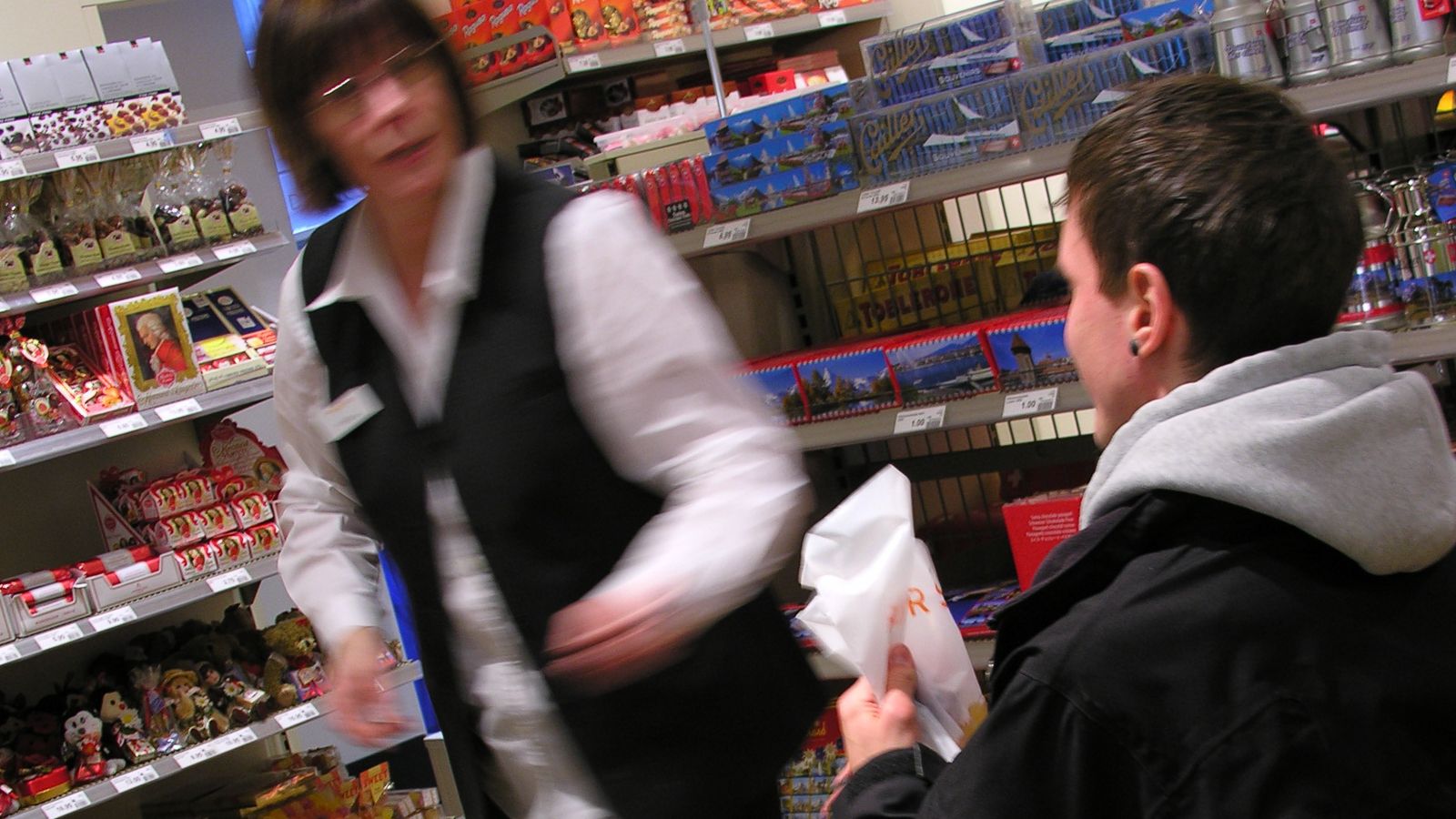Discussion

I live with the things that I have and those that I can do, not with the things that I have lost.
Martin, after his discharge
The road from an accident and spinal cord injury (SCI) to a person’s reintegration into his pre-accident community represents a dramatic transformational process. SCI not only changes the body and what the body can do, it also changes the whole life of the injured person. These changes, that are different for different people, have to be considered in rehabilitation as well as in the transition to the community. Interventions need to be individually tailored, allowing for enough flexibility to be able to adapt to the process and changes that occur along the way. Furthermore, rehabilitation professionals planning reintegration interventions need to consider a wide variety of factors that could promote or hinder progress in the transition to the community.278911
""Interventions need to be individually tailored, allowing for enough flexibility to be able to adapt to the process and changes that occur along the way.""
The rehabilitation of persons with SCI and community reintegration presents numerous challenges that extend beyond the recovery of physical functions.10 Rehabilitation ultimately aims to optimise the person's community integration.123 Considering this, the continuity of care from inpatient rehabilitation to service provision in the person's chosen community is vital,12 and often requires additional, non-medical interventions in order to achieve the best outcomes.
Although this case of Martin does not detail the services provided after discharge, Martin and his rehabilitation team worked closely the last few months of rehabilitation to prepare him for his transition to the community. Martin and his rehabilitation team were successful in securing Martin's independence in activities of daily living and self-care (as described in case 7), mobility, housing, and employment – all key elements of successful long-term reintegration to the community.89 Not only did Martin find a wheelchair-accessible place to live, he acquired a driver's license, purchased an adapted car, and made concrete arrangements for returning to work part-time at his previous employer as well as training for a new career as a peer vocational coach.
While Martin's community reintegration-focused rehabilitation centred on employment, mobility, housing, recreation and motor functioning, for others with SCI, a set of different issues may be relevant e.g. interpersonal relationships and sexuality, education, substance abuse, and emotional problems, subsequently necessitating different interventions.2
Martin's accomplishments were possible through the goal-oriented, person-tailored, multidisciplinary approach taken in his rehabilitation. Most importantly, Martin and his rehabilitation team explicitly focused his goals and corresponding interventions toward life after inpatient rehabilitation. The interventions included medical and traditional therapeutic interventions as well as non-medical interventions, such as vocational rehabilitation counselling, driver training and social work consultations. Moreover, Martin was encouraged by the rehabilitation team to make conscious decisions and take an active role in directing his rehabilitation. Research has shown that a person's feeling of control over his or her life is contributory to successful community reintegration.18101112
""...focused his goals and corresponding interventions toward life after inpatient rehabilitation.""
Despite major achievements toward community reintegration, there remained issues that Martin had to deal with after discharge from the rehabilitation centre. Martin still experienced pain and unrelenting spasticity. This would require him to access medical and therapeutic services in the community. For persons like Martin with SCI and other disabilities, knowing what services are available in their community would facilitate independent living. Characteristic of independent living programs are referrals to services in the community and peer mentoring. Peers are a great source of knowledge about available services and resources, as well as how to best access them.128101112
Martin's case exemplifies the potential for persons with SCI to live independently in the community. In the face of a life-altering event such as a SCI, Martin was well on his way to re-establishing his role in the community and renewing his life. In Martin’s own words three weeks after his discharge:
Everything is working out well. I’ve got so much to do, appointments about my insurance and with others who are supporting me… the rest of the time I meet my friends and family. It’s so much better than being bored with nothing to do...The new flat is great, and I really enjoy living by myself, although some things still have to be adapted to make life easier, like making the kitchen and bathroom cabinets more accessible so that I can reach them...Thinking about my fear of returning home, I now realise that things generally work out all right. And if not, I can accept it as well. I’ve found a calmness and patience in me that I never had before....I want to start the training as a vocational coach as soon as possible. I can’t describe how excited I am about this – to be helping others who are in a similar situation as I was…I’m really looking forward to the future...